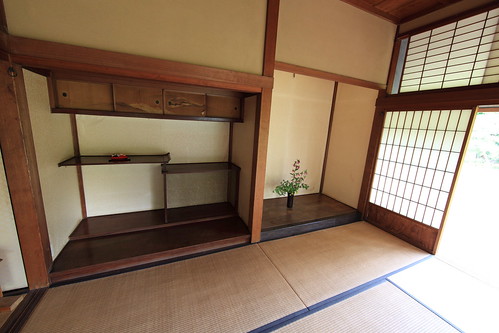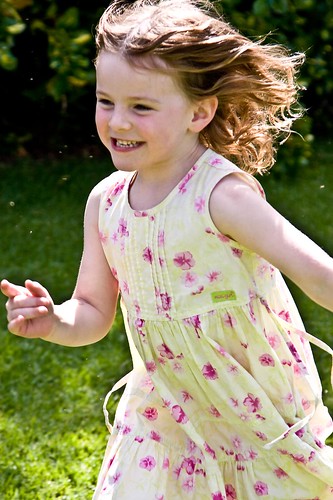 Be moderate in order to taste the joys of life in abundance.
Be moderate in order to taste the joys of life in abundance.
Epicurus
The Life-Changing Magic of Tidying
Hear me out: it’s the title of a book by Marie Kondo, a Japanese “expert declutterer and professional cleaner” – a book which I have recently read.
It’s quite different to the usual run of (Western) decluttering books. For a start, there’s her belief that a seven-tatami-mat room (3m/10ft by 4m/13ft) is ample living & storage space for a single person; her habit of greeting the house and thanking her belongings for their service; her almost religious devotion to folding clothes; and of course, the idea that decluttering your house is best done all in one go.
What? I hear you cry. All in one go? Does she not realize how much stuff I have?
On which note, it turns out that Japanese people are not entirely immune from hoarding, despite the overall population density and corresponding lack of space. Examples given include sixty toothbrushes, eighty rolls of toilet paper, and a hundred boxes of cotton buds – with 200 buds in each.
So rest assured, she doesn’t mean that you should sort out everything you own in one day. (Phew!) Six months is more her estimation, starting with easy things like clothes and working your way up to difficult things like photos and keepsakes.
The idea is to sort everything by type, and not put, say, your clothes away – any of them – until you have sorted out absolutely all of them. This makes sense, when you realize that there’s no point organizing how you’re going to store a certain class of object until you know how big that class is going to be.
And here’s the really surprising bit of her claim: she says that if you go through the process properly, imagining how you want your home to be and delving deep into your motivation before sorting it all out, you will never regress. It will be a once-in-a-lifetime purge. Because once you’ve got it the way you want it, you will have the motivation to keep it that way, one presumes.
The thing I really like about her system is the measure for deciding what to keep: does it bring me joy? If not, out it goes. Except tax papers and the like, which, alas, have to be kept regardless of the feelings they inspire.
What do you think? Could you commit to a season of purging the dross from your life – and never look back? What does your ideal feel like – and how does that look?
For myself, I’d like my living environment to be one of simplicity, spaciousness and peace; where both focus and relaxation are possible without the distraction of unfinished jobs, unnecessary items, and unimportant decisions.
As to whether I am prepared to spend the next six months ruthlessly purging all my belongings (my books!) – well, I know better than to sign up for the long term at short notice. But I am certainly considering it.
Fun-Filled Forms of Exercise
An oxymoron, some might say. But as C.S. Lewis wrote, “If one could run without getting tired [or stitch, or thistles in ones soles – DM], I don’t think one would often want to do anything else.”
Having a body that works well is enjoyable, and I am convinced that getting there can be fun as well.
So here are a few potentially fun forms of exercise to consider. Note, I say potentially fun – anything can become unfun if it becomes an onerous ought of obligation, or a grim-faced goal-oriented grind.
Walking! It’s cheap, it’s easy, and if you find some nice springy grass, it’s easy on the joints. Walking on the beach is also less high-impact than pavement, and if you feel the urge to push yourself harder, you can always walk (run) in the water à la Chariots of Fire.
Walking can be done alone, with a friend or significant other, with a dog, or even with your cow. Er, bull. Definitely.
And while we’re at the beach, consider swimming – also very easy on the joints. Of course, beach swimming may be too cold for some or most of the year, but this is why we have indoor swimming pools.
“Swimming” can include water-based games, too – tag, water polo, or aquatic Calvinball. Just keep an eye out for bulls.
Harder on the joints, but nostalgically invigorating, is skipping. You can skip from A to B, skip in place, or even try some of the more advanced moves mentioned in the Wikipedia article, such as the Awesome Annie, the Inverse Toad, or the James Hirst. (“The jumper performs a backflip into a split and then back to a skip in the upright position.” Do not try this at home unless you have a paramedic osteopath on speed-dial.)
Skipping is a good illustration of how no matter how fun and jubilant an activity is, it can still be made into a joyless chore. Exhibit A: the U.S. military.
One can’t quite imagine them chanting skipping rhymes. (Feel free to write a suitable one in the comments section.)
And speaking of activities which should not be made into joyless chores, Robert Heinlein wrote that “Sex without love is merely healthy exercise.” To which I would add that returning love to the equation by no means diminishes the healthiness of the exercise – in fact, if one considers emotional health, quite the opposite.
And then there’s the whole area of dance. This includes everything from slow stretchy interpretive dance to a riotous cinquepace to acro to those enjoyable circle dances which go faster and faster until either the dancers or the furniture all fall down.
But as the saying goes, the best form of exercise is the one you actually do. The challenge now is to incorporate a few more of these forms of fun into my everyday life. For which I shall need a skipping rope, and someone who knows the cinquepace. Off we go!







